- April 27, 2020
- COVID-19, Perspectives
Curbing COVID-19: How the Parking Industry is Responding and Adapting
Three heavily-impacted industries—municipalities, universities, and airports—take steps to pivot their priorities and reduce revenue loss
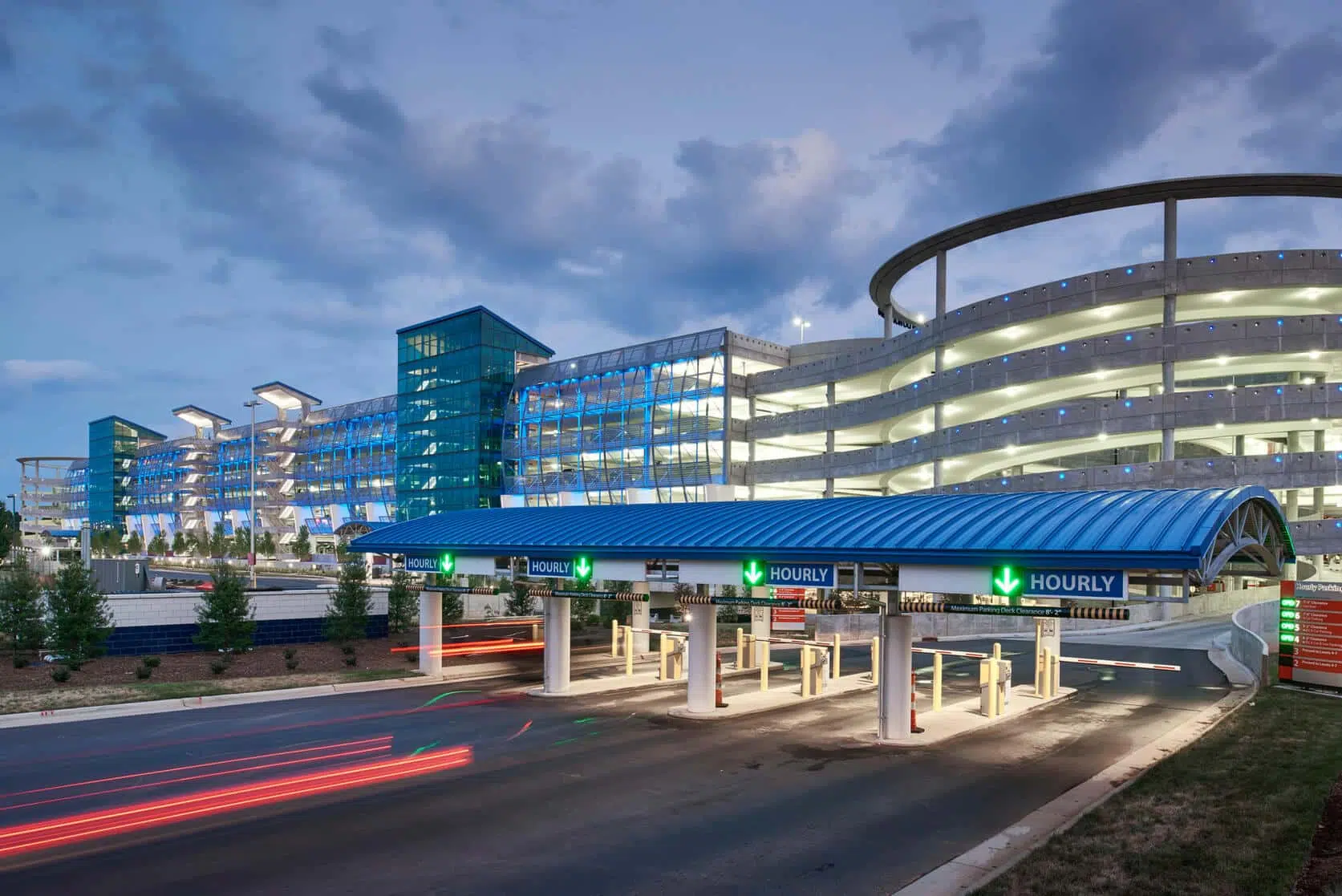
The COVID-19 pandemic has led to quarantine and shelter-at-home orders, decreasing parking activity and resulting in shutdowns and closures of parking facilities nationwide. From empty garages to micro-mobility service disruptions and lay-offs, now more than ever, it is necessary for parking departments to respond to the needs of the community and help to ensure the safety of their staff.
Kimley-Horn parking and mobility consultants Jeffrey Elsey, PE, CAPP, LEED AP; Chuck Reedstrom, CAPP; and David Taxman, PE weigh in on how three industries that rely heavily on parking revenue—municipalities, universities, and airports—are working through the impacts of the pandemic now and in the future.
What are some impacts on the parking industry due to COVID-19?
Impact on Municipalities
For municipalities, a major and possibly lasting impact is a reduction in parking demand and revenue. The parking software company, Smarking, randomly selected 541 garages across the nation and found a reduction between 50 to 70 percent for commuter/monthly facilities and up to 95 percent for visitor/transient parking compared to the activity level at the same time last year. There is also a reduction in revenue from parking enforcement from fewer parkers and from communities stopping or relaxing enforcement.
"According to Smarking, parking garages have seen a 95% reduction in visitor/transient parking compared to the same time last year."
David Taxman, PE
Impact on Universities
Universities have shifted to an almost completely virtual learning and work experience overnight. This shift has resulted in only five to ten percent of the typical campus population being on campus. Universities operate as mini cities, with a large portfolio of parking assets, transit services, and infrastructure in place to serve the needs of tens of thousands of people.
With almost no one on campus, the demand for parking, transit, and other services has all but disappeared, leading to reimbursements for parking permits, reductions in citation revenue, and transient parking revenues. This loss in revenue, coupled with ongoing expense liabilities such as debt service on parking, transit contracts, and labor costs, will force most universities to face multi-million-dollar budget shortfalls by the summer months.
This will be the most challenging budget crisis we’ve seen in the university environment in decades, if not longer. Almost all universities have initiated hiring freezes and stopped all capital projects from moving forward for the next 18 to 24 months. The hope is that life will return to normal within a few months as the financial stability of university parking and mobility programs will largely depend on it.
This will be the most challenging budget crisis we’ve seen in the university environment in decades, if not longer.
Jeffrey Elsey, PE, CAPP, LEED AP
Impact on Airports
Parking revenues represent the second largest, and in some cases, the single largest, revenue source for airports. Unfortunately, the parking demand associated with parking revenue is now down by as much as 95 percent due to coronavirus-related travel restrictions.
Most airports are continuing with projects that have already started, a few are issuing stop-work orders for projects, and others are delaying new projects. Charleston Airport has been able to accelerate the construction on a new consolidated rental car facility and garage by limiting use of their current garage to only construction employees. Most airports have moved employee parking to closer facilities, allowing the airport to eliminate expensive shuttle operations. As a result, many airports have closed their remote employee lots saving electric costs for unused garages.
What creative approaches has the parking industry implemented to respond to COVID-19?
Adapting Procedure
Parking lots are being used for COVID-19 screening at Walmarts and pharmacies. Parking facilities provide a great opportunity for both testing and hospital care functions, but proper planning is needed to help ensure efficiency and safety. Many communities have decided to stop or relax enforcement of on-street parking violations for time restrictions, permit parking, and payment. Public parking facilities are raising their gates and offering free parking. For shuttle or bus service, some communities have taken precautions to keep the driver and riders safe: people are directed to enter through the rear door of the bus to help protect the driver. The number of riders has been limited up to ten passengers and passengers are directed to sit at least six feet from each other on the bus.

Pivoting Priorities
We spoke with several of our friends responsible for parking and transportation at universities* across the country to see how they are adapting. The common themes from our discussions are the industry’s need to repurpose, be nimble, and be flexible during this time. Below are some ways they are pivoting in times of uncertainty to maintain the strength of their parking and mobility programs:
- • Moving all customer support to a virtual experience, including issuance of permits
- • Transitioning enforcement staff to help with healthcare operations (this works great at a healthcare university)
- • Using downtime to work on updating department policies and employee development and training
- • Renegotiating transit contracts to lower rates and shift bus drivers to on-demand service
- • Breaking the year into quarterly budgets instead of completing the full budget process
- • Performing maintenance such as painting and cleaning on empty parking facilities
- • Discontinuing transit service to remote park-n-ride lots and moving parkers to proximate locations not requiring shuttle transport
Replacing Lost Revenue
In addition to performing much needed maintenance on their parking facilities and modifying shuttle operations to ensure the health and safety of patrons and drivers, airports have found a new opportunity to replace some lost revenue. Rental car companies have an excess of unused vehicles and need to store these vehicles somewhere. Norfolk Airport has entered into a lease agreement with at least one rental car agency to store 500 vehicles in their now empty employee lot.
How will parking change in the future? What trends do you see carrying over once we are no longer in quarantine or sheltering at home?
Continuing Curbside and Contactless
With the increase in demand for take-out food, municipalities are converting curbside space to free, short-term parking for restaurant take-out. We anticipate the increase in curbside pick-up will continue after quarantine. It is important to think about curb management, access to the curb, and being flexible with the curb. We will need to consider how curb management is performed and how we can support local businesses in the long run.
Additionally, to help keep people safe, more contactless payment options will be offered in parking facilities and on-street, which may include mobile payment apps, contactless credit cards with near-field communication (NFC), or mobile wallet services (e.g. Google Pay or Apple Pay). Contactless payment will reduce touching pay-stations or interacting with a cashier.
Declining Transit Ridership
Telecommuting could also become the new normal for a lot of businesses, which could cause a disruption in the long-term demand and revenue for public parking. Transit ridership was already seeing a decrease in activity from rideshare services, but now people are going to be concerned about using transit and being in condensed areas with groups of people. A potential reduction in transit ridership will hurt funding of planned improvements and transit services. People will look for alternative transportation modes including driving, which could increase parking demand in some communities.
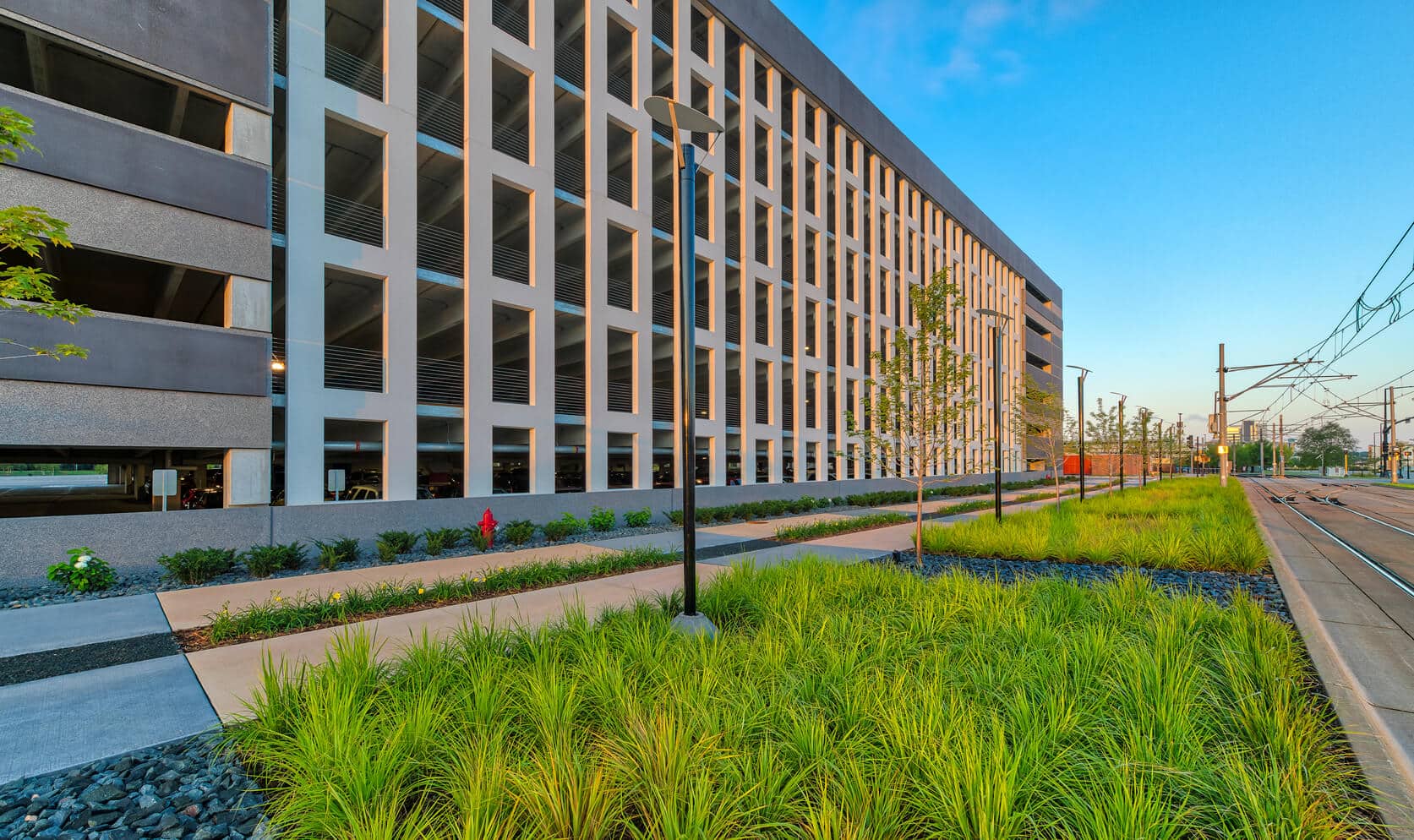
Reimagining Student Mobility
One thing is certain: no one knows how long the shutdown will persist and how transportation behavior will change once people begin to return to university campuses. It is likely that life will return to a similar norm several years from now, but the next two to three years may look different. Our university friends* offer their thoughts again on how they are preparing for our world to change:
- • Explore long-term, work-from-home policies and their impact on parking and transit needs
- • Move to touchless technologies, such as contactless payments, automated parking access control, and citation issuance protocols
- • Return to normal at a gradual pace, dictating the number of people on campuses and bus capacity
- • Reevaluate parking locations and costs as a result of fewer people being on campus per week or needing flexibility to park proximate to destinations for short durations
- • Consider probable reductions in various revenue streams (events, visitor, etc.)
- • Focus on cutting expenses such as non-essential contracts and refinancing existing debt service
- • Seek other revenue streams such as more daily or hourly parking
- • Rewrite third-party contracts to share burdens equally between the university and third-party
- • Begin working on increasing department reserves needed to weather similar storms
- • Anticipate reallocating resources to critical routes, such as park-n-ride lots if social-distancing continues, and focusing on walking and biking activity
- • Increase revenue streams for deferred maintenance and capital projects needing immediate attention
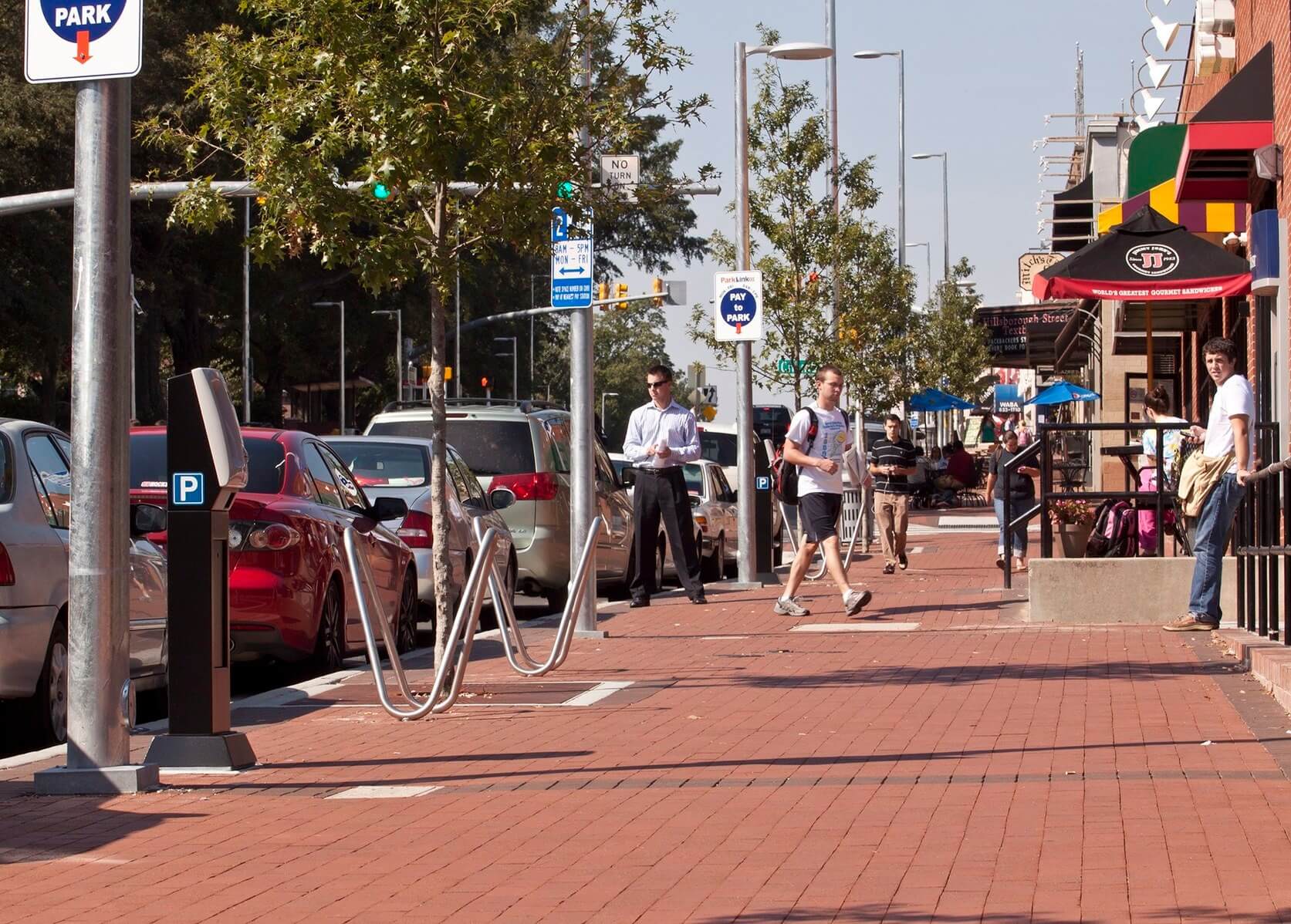
The COVID-19 pandemic may require us to examine our operations holistically and be smarter about our future programs. Some potential positive outcomes are becoming more virtual and customer friendly, expanding and exploring new technologies, and aligning parking pricing models with the true cost of our parking and mobility programs. Lower parking demands may be a good thing for campuses that already face parking deficits, but it’s unknown how long these demands will remain low. It is critical for universities to perform financial modeling for various low-demand and high-demand scenarios and understand revenue and expense opportunities, ensuring a resilient system over the next year and beyond.
Returning to Normal Travel
Most airports agree that it may take as long as 18 months to three years to return to 2019 parking demand levels. There may be some renewed activity starting as early as the end of May or June of this year. Travel will slowly increase throughout this year and the industry may not see significant increases until the third quarter of 2020. We forecast continuing trends will include:
- • A virtual environment where the patron registers and pre-pays for their parking through a pre-booking reservation website
- • Virtual registration and issuance of parking permits
- • Implementation of touch free/contactless revenue control systems, such as:
- • Reduction or elimination of cashiered exit lanes
- • Reduction in the use of a parking tickets as the credential
- • Use of the license plate as the parking credential
- • Use of an automatic vehicle identification (AVI) transponder as the parking credential
- • Use of a bar code as the parking credential
"More contactless payment options will be offered in parking facilities and on-street [leading to] reductions or eliminations of cashiered exit lanes."
Chuck Reedstrom, CAPP
In Summary
These strategies are a critical part of mitigating COVID-19’s impact on our communities and the parking industry. We are hopeful the best practices here help communities around the country. If your parking needs include strategic planning and management consulting, functional design solutions, updated technology, or facility maintenance and restoration, please contact us or visit our parking and mobility consulting page to learn more.
About the Authors
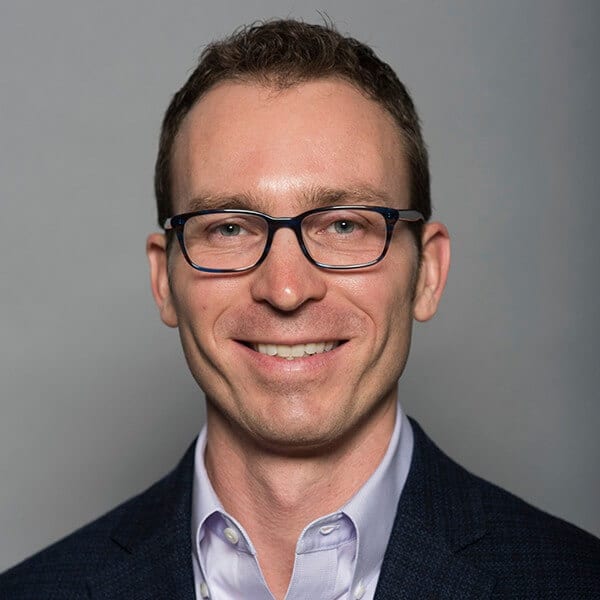
Jeffrey Elsey, PE, CAPP, LEED AP
A parking and mobility strategist specializing in systems infrastructure investments, parking and TDM policy and system financial evaluations. Jeffrey sits on the National Parking Association’s Parking Consultants Council and has worked with large campuses, including universities, throughout the country to develop long-term parking and mobility strategies based on enhanced financial performance and customer satisfaction.
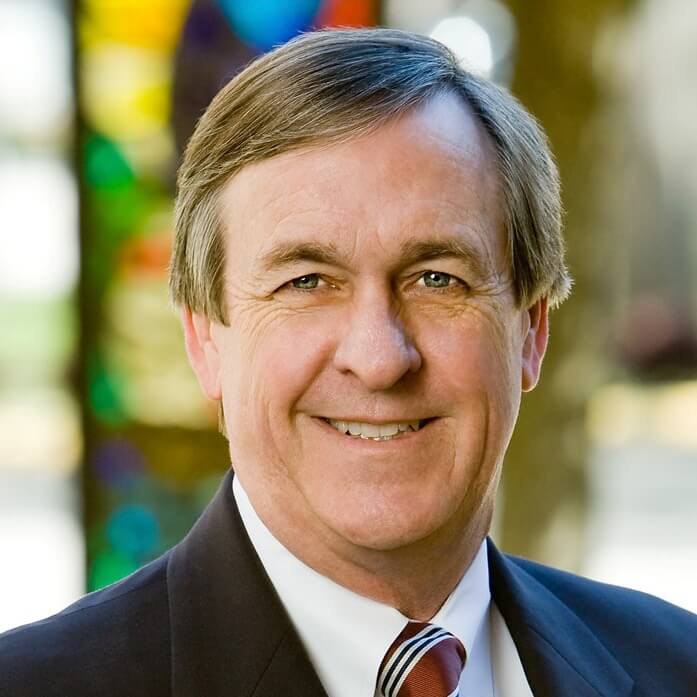
Chuck Reedstrom, CAPP
Nationally renowned parking planner and technologies consultant known for his expertise with the development and expansion of aviation projects involving information technology systems applications, accounting and financial reporting applications, and automated audit capabilities.
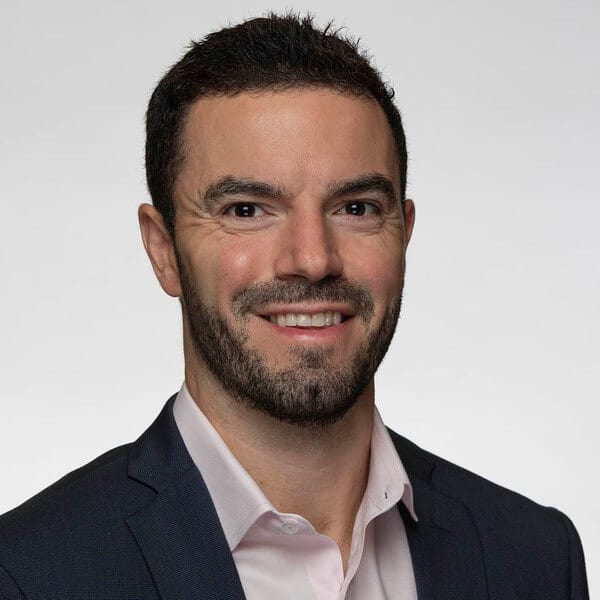
David Taxman, PE
Parking consultant with 15 years of parking planning and design experience with municipalities. He has been published in trade magazines on topics such as parking issues, transportation demand management (TDM), and privatization.
